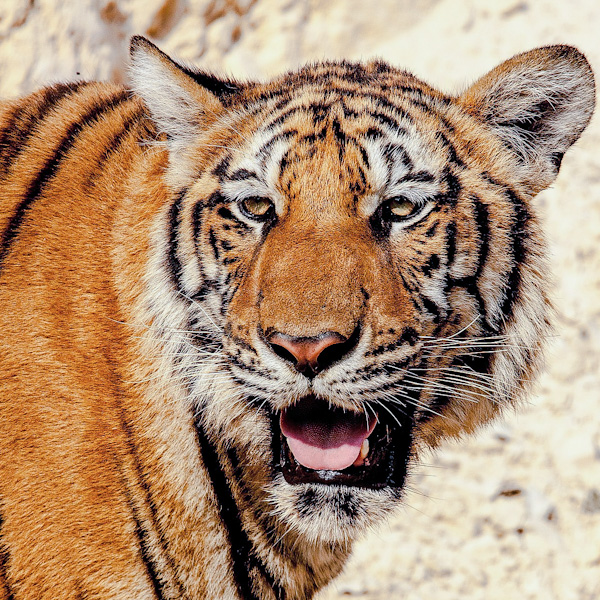Black Tiger
Melanism is well known in wild cats. Servals are not uncommonly melanistic on the high plains and you can see a melanistic Geoffroy's cat on this page with pictures of a melanistic Chausie, a wildcat hybrid.
On this page you can see a melanistic F4 Savannah cat. The "black panther" is in fact a large melanistic wild cat.
On this page you can see a melanistic F4 Savannah cat. The "black panther" is in fact a large melanistic wild cat.
Mel and Fiona Sunquist in Wild Cats Of The World (published 2002) say that there are reports of black tigers. But they also say that there are no skins or specimens of black tigers in museums etc.. They refer to three records of black tigers. They also refer to these tigers as "melanistic" while the Wikipedia authors call the process that causes a tiger to become black as pseudo-melanism. They argue that the black tiger is black because by force of a genetic mutation the black stripes of the tiger merge together. If a cat is genuinely melanistic the background colour (to the black stripes) becomes charcoal black (and sometimes brown) due to the presence of melanin and the pattern is visible as a ghost pattern.
The three reported sightings of black tigers referred to in Wild Cats Of The World occurred in the same geographical area that intersects three countries: Bangladesh, Myanmar and India (northeast India in fact). The occurred within 600 kilometers of each other.
The Hindu newspaper of June 4th (don't know the year) says that three rare melanistic tigers (Bengal tigers) were spotted in the Similipal National Park (one of India's Bengal tiger reserves) in the Orissa's Mayurbhani district. The Similipal NP is the state's only tiger reserve. The black tigers were spotted using camera traps, a method to count numbers. The cameras recorded one female and two cubs.
The tigers photographed by camera traps had "light brown coats with jet black stripes". This clearly indicates a melanistic tiger and not a pseudo-melanistic tiger.
The three reported sightings of black tigers referred to in Wild Cats Of The World occurred in the same geographical area that intersects three countries: Bangladesh, Myanmar and India (northeast India in fact). The occurred within 600 kilometers of each other.
The Hindu newspaper of June 4th (don't know the year) says that three rare melanistic tigers (Bengal tigers) were spotted in the Similipal National Park (one of India's Bengal tiger reserves) in the Orissa's Mayurbhani district. The Similipal NP is the state's only tiger reserve. The black tigers were spotted using camera traps, a method to count numbers. The cameras recorded one female and two cubs.
The tigers photographed by camera traps had "light brown coats with jet black stripes". This clearly indicates a melanistic tiger and not a pseudo-melanistic tiger.



